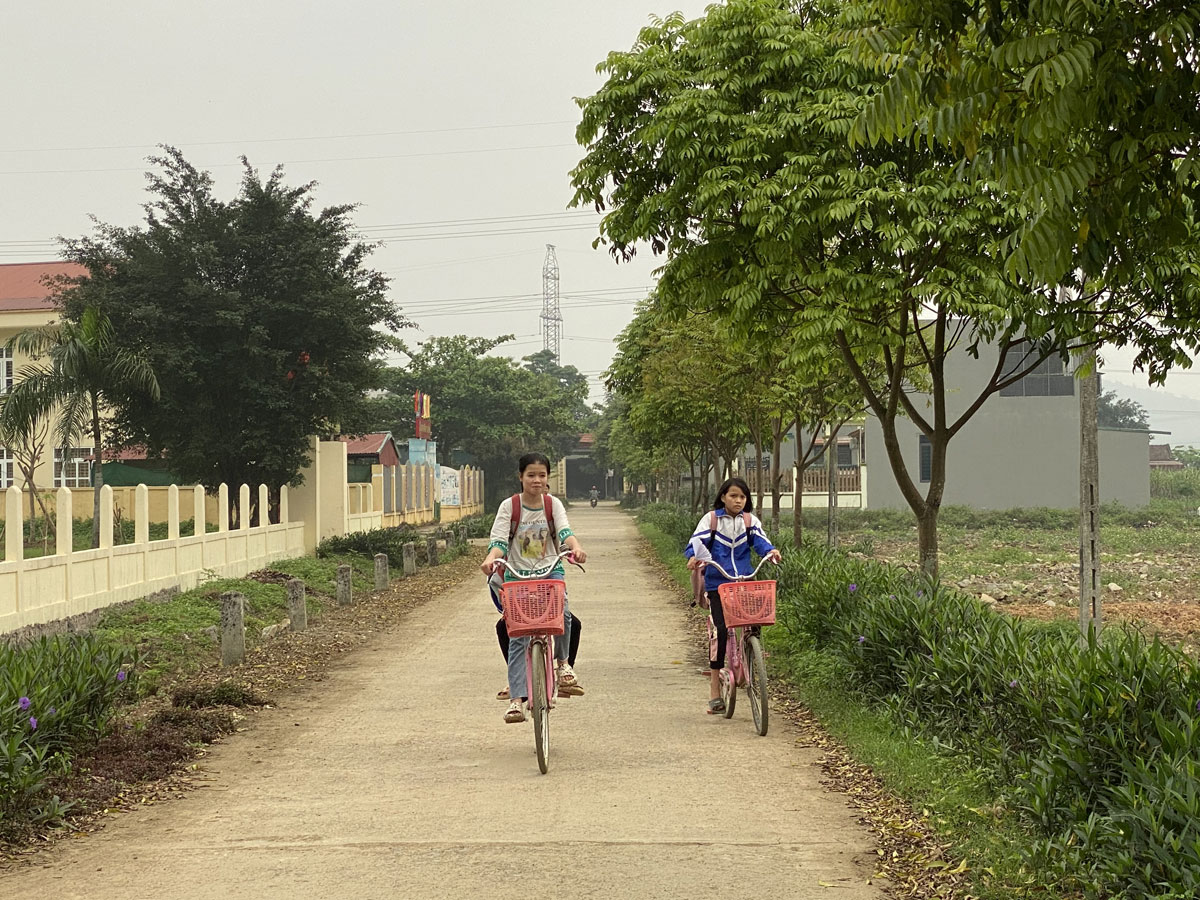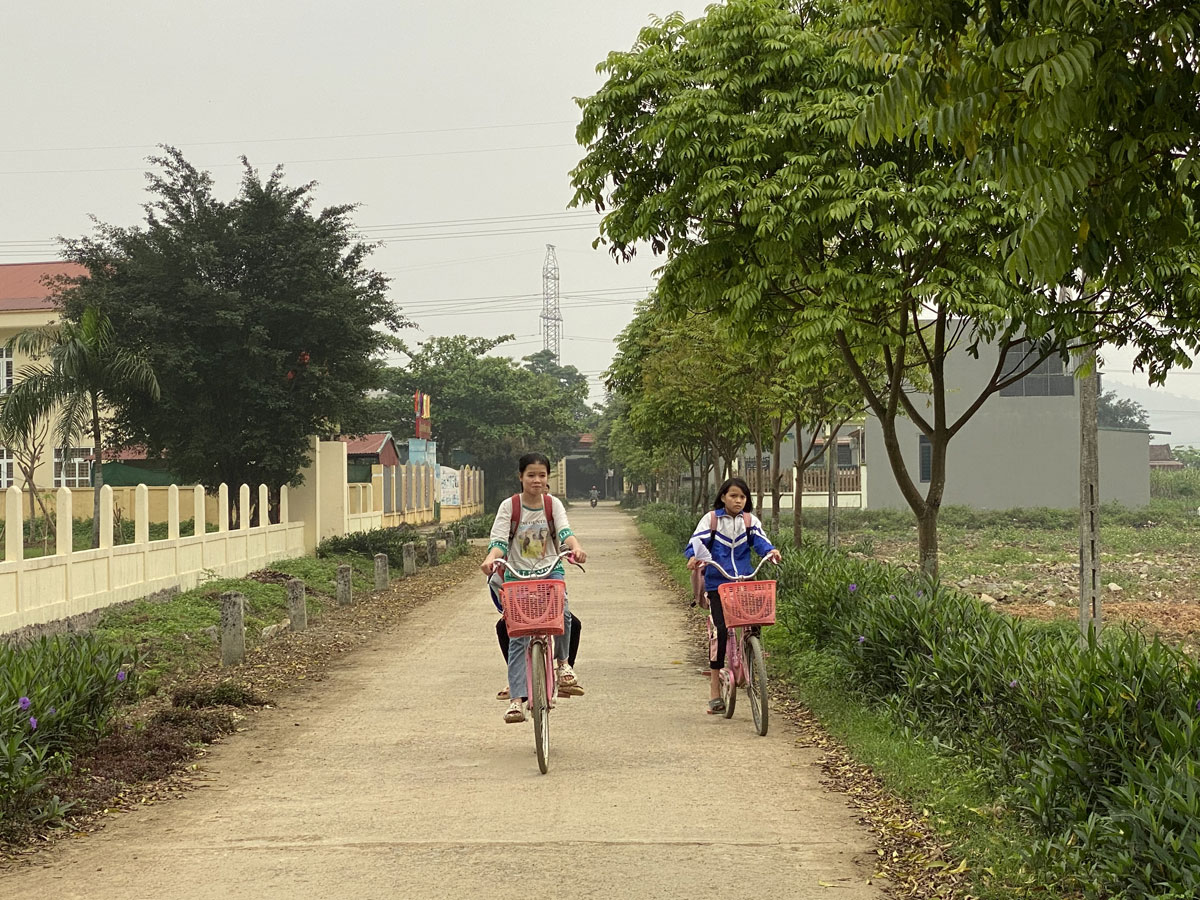
(HBO) - Building a civilised lifestyle is among major activities of an ongoing campaign of people in Yen Thuy district of Hoa Binh province, which is expected to contribute to meeting socio-economic development tasks and ensuring security-defence.
 A self-managed road gives a facelift to Ha hamlet in Phu Lai commune
(Yen Thuy district).
A self-managed road gives a facelift to Ha hamlet in Phu Lai commune
(Yen Thuy district).
After a day of hard
work, people of Sau, Dinh, Trac and Thuong residential areas in Lac Thinh
commune gather at cultural houses in the afternoon to practice sports in a bid
to improve physical health. It is also a form of recreation activity.
Among youngsters, some
are keen on playing volleyball, while others favour football. Dynamic sporting
and cultural activities have become a demand which help build a civilised
lifestyle.
In the 2016-20, Hang
Tram township and the communes of Yen Tri, Ngoc Luong, and Lac Luong are
leading localities in building such way of life, creating a living environment
of order and discipline.
Tran Trung Kien, head
of the district’s culture and sport office said that along with building a
civilised lifestyle, many ancient local rules are removed, thereby reducing unsound
customs. Agencies work together
in the holding of festivals to ensure cultural values and meet people demand in
joining group and spiritual activities.
The building of a
civilised lifestyle has promoted a similar campaign of building civilised
families and residential areas. In 2020, the ratio of civilised households of
the district reached 84.86 percent. Yen Thuy is now home
to more than 100 art teams at grassroots level and 80 sporting clubs.
The People’s Committee of Lac Son district held a ceremony on April 28 to receive the provincial relic certificate for the ancient rock carving site at Suoi Co stream, located in My Thanh commune.
A special music show titled "The country is in the fullness of joy” has been held at Hoa Binh Square in Hoa Binh city in celebration of the 50th anniversary of the liberation of the South and national reunification (April 30, 1975–2025).
The People's Committee of Lo Son commune, Tan Lac district, has organised the local annual traditional stream fishing festival on April 19 - 20.
As a land deeply intertwined with human history and Vietnam’s millennia-long journey of nation-building and defence, Hoa Binh is often revered for its epic tales and legends.
Residents of Hoa Binh boast a rich cultural identity, reflected in their unique language, traditional attire, customs, and folk melodies – described as "sweet as honey, clear as a mountain stream.”
Lac Son district’s Vu ban town held the 2025 Truong Kha temple festival on April 12–13 (the 15th–16th days of the third lunar month). Since its revival in 2019, the festival has been organised every three years, preserving valuable intangible heritage while meeting the community’s cultural and spiritual needs.



 A self-managed road gives a facelift to Ha hamlet in Phu Lai commune
(Yen Thuy district).
A self-managed road gives a facelift to Ha hamlet in Phu Lai commune
(Yen Thuy district).